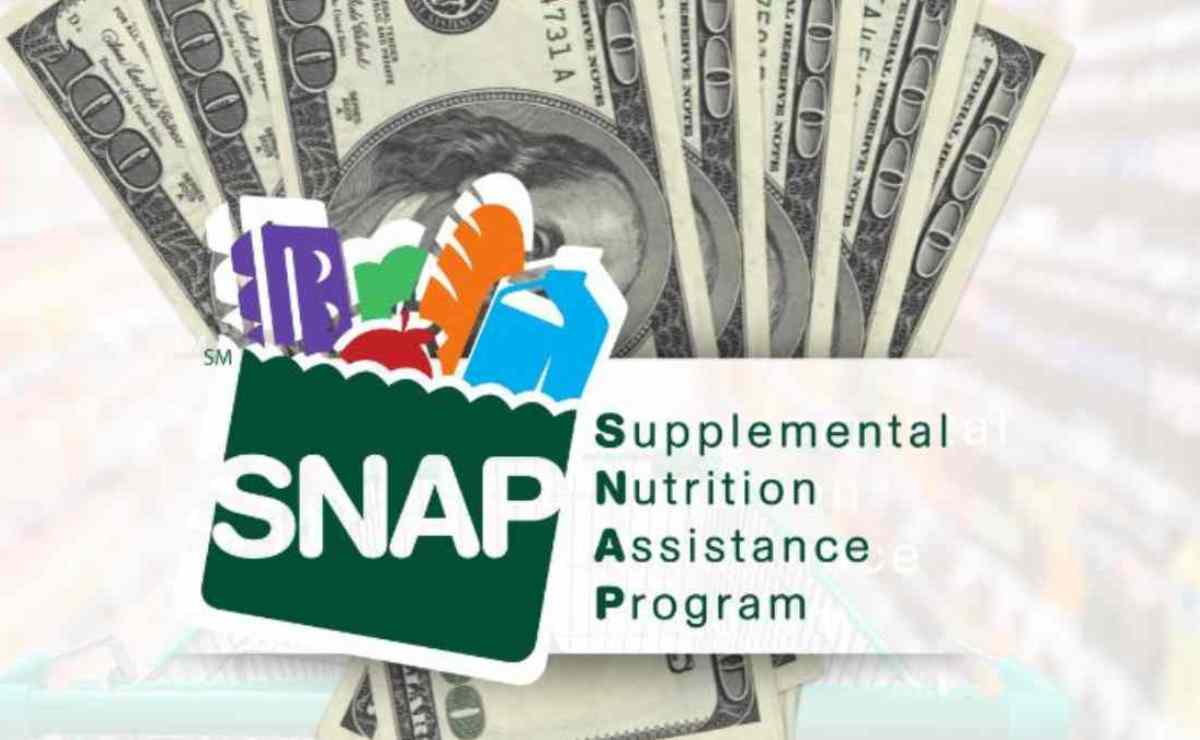The Supplemental Nutrition Assistance Program (SNAP) helps people and families with low incomes buy food. But to be eligible, candidates must meet a number of conditions, such as having a certain amount of assets.
These limits tell the program what kind of savings, property, and other money-related resources a person or family can have and still be qualified for it. It can be very important to know which assets count and which do not in order to be eligible.
Assets are things that a person or family owns, like bank accounts, stocks, bonds, non-core land, and more.
But some assets, like a main home or a car needed for work, are not taken into account when figuring out who is eligible. For SNAP, it is important to know how to figure out these assets and how much they can be worth.
Asset Limits for 2025 in SNAP
The SNAP asset limits are likely to change starting in 2025. This is mostly because of inflation and other economic reasons. Families without a disabled person or person aged 60 or later must make sure their assets do not go over $2,750.
The allowable asset cap goes up to $4,250 for households with elderly or disabled people. If your assets go over these limits, you might not be eligible anymore.
It is very important to look over the exact rules for each state, as some allow more assets than others. SNAP also makes changes every year based on inflation, so people who get benefits should be aware of any changes that could affect their status.
What assets are considered for SNAP
SNAP does not just look at cash or bank accounts; they also look at other assets that might be harder to find, like investments, extra cars, or land that is not your main home.
Some things do not follow this rule, though. Some examples of things that might not be considered assets are cars that are needed for work or for daily life. In most cases, the main property of the home is also not taken into account.
This gives the people who live their some security.

It is important to remember that assets are not always kept very small. These assets may not be counted against you if certain conditions are met, like if you have an emergency savings account or a retirement fund.
Some states also let families leave out of the asset limits certain types of property, like low-value property or certain types of savings accounts.
Preparing Your Financial Situation for SNAP Asset Limits
If you want to improve your chances of getting SNAP, you should be very aware of your assets and make sure you do not go over the allowed amounts.
To do this, look over your stocks, bank accounts, and any other money you have available. If you are not sure what to do, it is always best to ask someone how different assets will affect your application.
Also, it is important to know that the SNAP stock limits are changed every year. You can avoid surprises and make sure your application goes smoothly by learning these details and making changes as needed.
Also, keep in mind that asset limits may be less strict in some states, so it is always a good idea to check the rules in your area.
Lastly, if you want to know more about how your assets affect your eligibility, you can talk to a caseworker or look at the state welfare offices’ websites for the most up-to-date information.
Also see:-It’s official: A new $1,800 Social Security check is coming to 65-year-old retirees this week













Leave a Reply